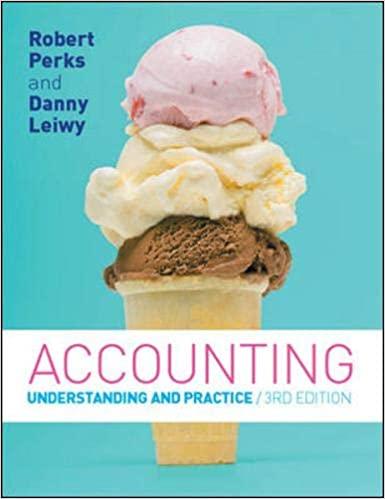Question
6 The cost of raising capital through retained earnings is the cost of raising capital through issuing new common stock. The cost of equity using
6
The cost of raising capital through retained earnings is the cost of raising capital through issuing new common stock.
The cost of equity using the CAPM approach
The yield on a three-month T-bill is 2.74%, and the yield on a 10-year T-bond is 3.86%. the market risk premium is 6.63%. The Wilson Company has a beta of 0.92. Using the Capital Asset Pricing Model (CAPM) approach, Wilsons cost of equity is .
The cost of equity using the bond yield plus risk premium approach
The Adams Company is closely held and, therefore, cannot generate reliable inputs with which to use the CAPM method for estimating a companys cost of internal equity. Adamss bonds yield 11.52%, and the firms analysts estimate that the firms risk premium on its stock over its bonds is 4.95%. Based on the bond-yield-plus-risk-premium approach, Adamss cost of internal equity is:
20.59%
19.76%
16.47%
18.12%
The cost of equity using the discounted cash flow (or dividend growth) approach
Pierce Enterprisess stock is currently selling for $25.67 per share, and the firm expects its per-share dividend to be $2.35 in one year. Analysts project the firms growth rate to be constant at 5.72%. Using the cost of equity using the discounted cash flow (or dividend growth) approach, what is Pierces cost of internal equity?
20.07%
14.87%
15.61%
18.59%
5. The cost of equity
In financial analysis, it is important to select an appropriate discount rate. A projects discount rate must be high to compensate investors for the projects risk. The return that shareholders require from the company as a compensation for their investment risk is referred to as the cost of equity.
Consider this case:
Weghorst Co. is a 100% equity-financed company (no debt or preferred stock); hence, its WACC equals its cost of common equity. Weghorst Co.s retained earnings will be sufficient to fund its capital budget in the foreseeable future. The company has a beta of 1.35, the risk-free rate is 4.5%, and the market return is 5.9%.
What is Weghorst Co.s cost of equity?
19.08%
1.95%
8.02%
6.39%
Weghorst Co. is financed exclusively using equity funding and has a cost of equity of 10.65%. It is considering the following projects for investment next year:
| Project | Required Investment | Expected Rate of Return |
|---|---|---|
| W | $23,575 | 9.65% |
| X | $13,250 | 14.60% |
| Y | $10,975 | 14.10% |
| Z | $32,675 | 9.70% |
Each project has average risk, and Weghorst Co. accepts any project whose expected rate of return exceeds its cost of capital. How large should next years capital budget be?
$24,225
$34,550
$45,925
$56,250
Step by Step Solution
There are 3 Steps involved in it
Step: 1

Get Instant Access to Expert-Tailored Solutions
See step-by-step solutions with expert insights and AI powered tools for academic success
Step: 2

Step: 3

Ace Your Homework with AI
Get the answers you need in no time with our AI-driven, step-by-step assistance
Get Started


